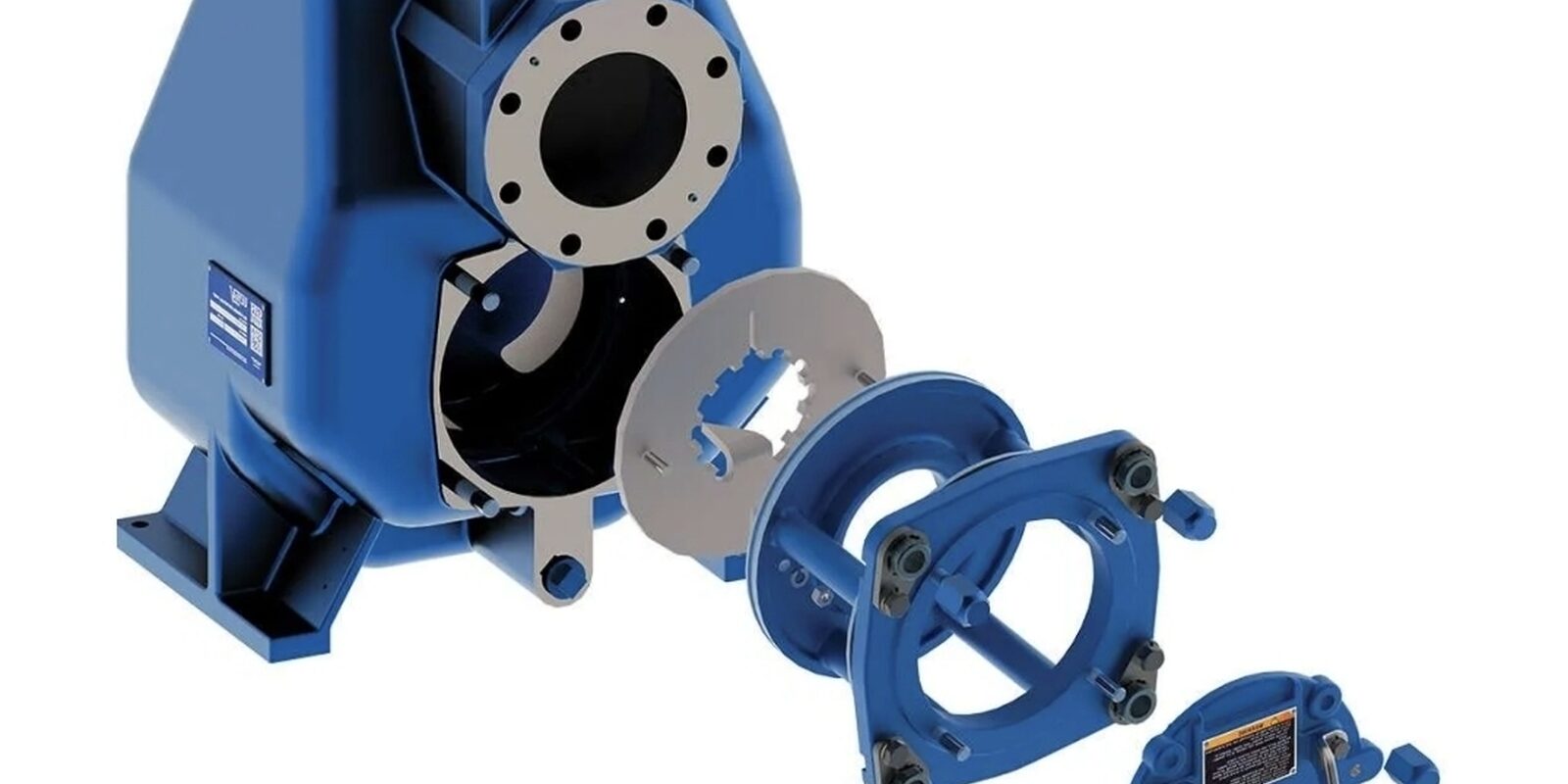

Do you know your viscosity from your vortices? Can you tell the difference between centrifugal and positive displacement pumps? If not, we’re here to help.
Like any industry, the world of pumps is packed with jargon and confusing terminology. Navigating it all can be challenging, particularly if you’re new to the sector - which is why we’ve decided to put together a guide to the key terms you need to know.
Get to know your pump - and the industry as a whole - a little better with our glossary of key terms.
Otherwise known as Bernoulli’s principle, this noteworthy fluid dynamics theory was first conceived by Daniel Bernoulli. The Swiss mathematician and physicist originally published it in his book Hydrodynamica, which was released all the way back in 1738.
Bernoulli’s law states that, when a fluid is flowing horizontally at a high speed, it will be under less pressure than it would if it were moving at a slower speed. Bernoulli was the first to discover the principle, but fellow compatriot Leonhard Euler managed to convert the theory into an equation.
A centrifugal pump uses an impeller to move liquid, in contrast to other types of pump (like positive displacement and ejector designs). As the impeller rotates, energy is transferred into the fluid, propelling it forwards.
Centrifugal pumps remain the most popular choice for an array of different applications, thanks to their consistent performance, efficiency and low purchase and maintenance costs. Self-priming centrifugal pumps take the design one step further, reducing the need for manual intervention.
Cavitation is the formation of bubbles of vapour or gas in a liquid. These bubbles typically form in low pressure zones where the liquid is being accelerated quickly (usually by an impeller, valve or similar). Because of this, cavitation is a common problem associated with centrifugal pumps.
When the bubbles collide with the impeller, they can cause damage to the blades. As the bubbles gradually eat away at the leading edge of the blades, they become pitted, reducing their efficiency. In other words, cavitation is bad news.
A pump’s efficiency is determined by its ability to convert the energy it generates into the movement of a fluid. The most efficient pumps will be able to move a greater volume of a fluid using less energy - costing significantly less to operate as a result.
The flow rate of a pump is another crucial metric to pay attention to. While efficiency relates to how much energy a pump uses to do its thing, flow rate is all about how much liquid it can move in a given amount of time. Typically, flow rate is measured in litres per second (l/s).
Humus sludge is biomass material which is removed at the clarifying stage of the water recycling process. Wastewater pumps have to be able to handle sludge in addition to water and other fluids.
A rotating disc fitted with vanes, which are used in a centrifugal pump to propel liquid forwards. Impellers are usually made from iron.
Pump head isn’t the top of a pump, as you might assume. Instead, this term refers to the maximum height a pump can raise fluid up by when it’s pumping against gravity. This is generally given in feet or metres.
A fluid’s ability to resist changes to its shape. The more viscous a fluid is, the better it’s able to resist deformation.
A vortex forms when a pump sucks in air from above the fluid it’s pumping. As the air interacts with the fluid, it creates turbulence which leads to the formation of a vortex. Vortices are undesirable because they limit the flow rate of the pump, compromising its efficiency.
Pumps that will last. With surface mounted pumps, there's less downtime, fewer breakdowns, and lower maintenance costs.
Expert advice. We know pumps inside and out.
Seamless integration. Our pumps fit into your system with ease.
Reliable support. We're trusted by customers nationwide.
We’ll help you find the right solution for your pump application. Our pumps are more efficient, more cost-effective, and hassle-free.
Get in touch
Get in touch with one of our technical experts today who would be happy to assist you.
© 2025 - Hydromarque. All rights reserved.